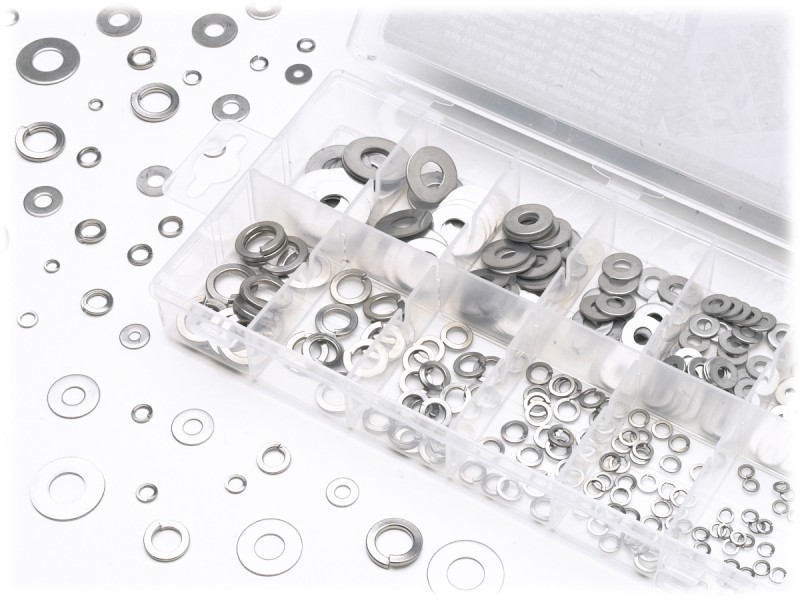Copper Flat Washer Specifications
A copper flat washer is a thin, disk-shaped plate, featuring a hole in the middle, which is used to disburse the weight of a threaded fastener, either a screw or a nut.
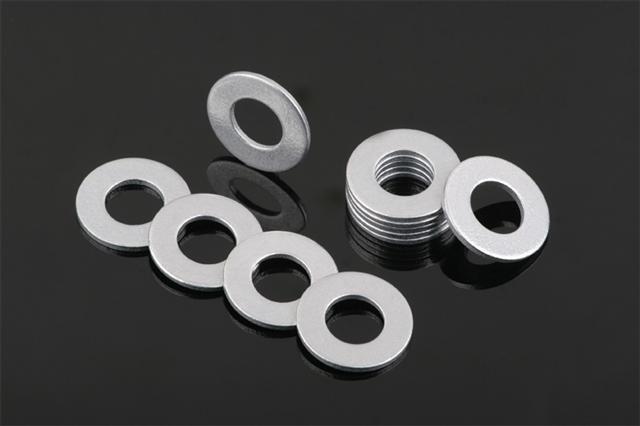
This copper piece is also used as a belleville washer, wave washer, spacer, wear pad locking device, preload indicating device and is also used to reduce the vibration. Its outer diameter is twice the width of its inner diameter.
A washer usually comes in three types: plain or flat washers, spring washers and locking washers. A copper flat washer distributes the load, thereby eliminating the damage to the surface. It is also used to render some sort of caulking or electrical insulation.
The spring washers, which feature axial flexibility, are used to prevent from fasteners getting loosen due to vibrations. The locking washers are also used to prevent the loosening of the fasteners by eliminating unscrewing rotation of the device.
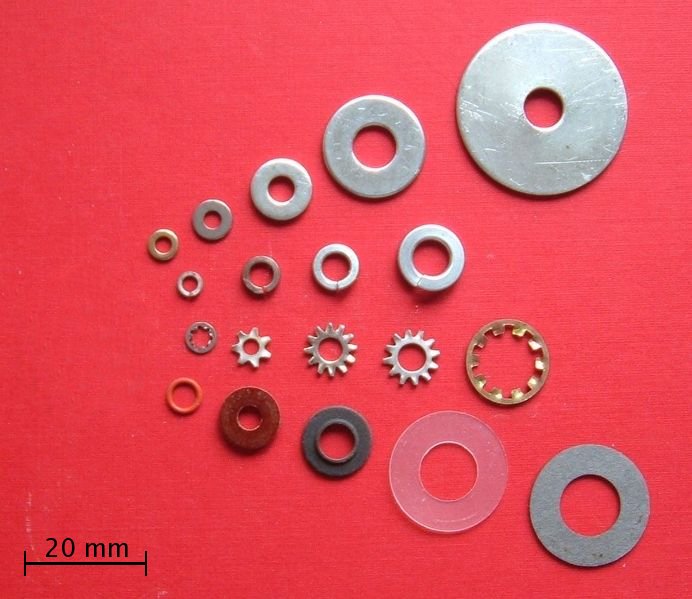
The ANSI (American National Standards Institute) has given a standardization for the the flat washers. They can be summarized as
- Form A = Normal Diameter, Normal Thickness
- Form B = Normal Diameter, Light Thickness
- Form C = Large Diameter, Normal Thickness
- Form D = Large Diameter, Light Thickness
- Forms E to G relate to Black Metal Washers

The fastener companies use nuts, bolts and screws to fasten various objects. The manufacturers make use of flat washers, as they help builders screw nuts into big holes. These are available in several varieties, categorized under coating, size and material composition.
The highest quality washers are normal used in bolted joints, mainly due to the amount of the pressure the bold joints exert.

Objective
The copper flat washers are thin circular plates, which are specially designed to match with various types of nuts, according to Mutual Screw, a well-known fastener online dealer.
The washer normally goes through the longer part of the screw or bolt and creates a blockade between the device in contact with the nut and the head of the nut.
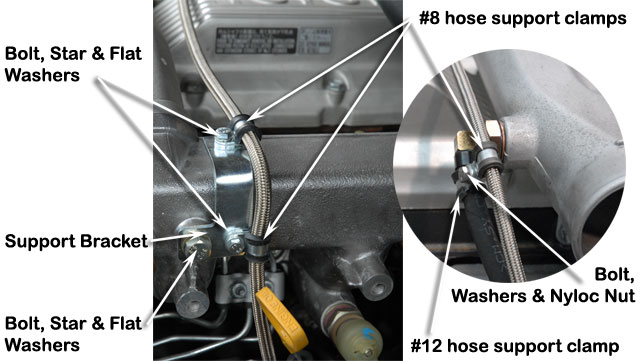
The builders also use these small circular plates when they are working with holes larger than the nut itself.
Thickness
The width of a flat copper washer usually ranges from 3/16″ to 1/4″, although there are some specialized thicker washers, which are as thick as 1″ as per the ANSI. These specialized washers eliminate the risk of cupping, which occurs when the bolt gets into the object.
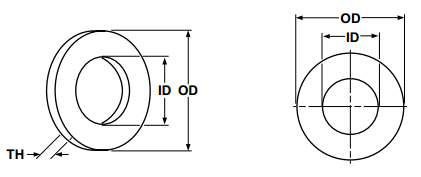
Metallic Composition
These are available in various sizes and materials. The most commonly used are made up of copper, as these have high tensile strength. These pieces are also available in other materials as well, such as nickel-chromium-molybdenum, silicon-manganese, chromium, chromium-vanadium as per Global Spec.
Even these are available in titanium as this material is cheaper and is durable enough to enable stronger flat washers.

Technical Specification
- Item: USS Washer
- Type: USS
- Material: Steel HV-140
- Hardness: HV 140 – 250
- Finish: Copper
- Fits Bolt Sizes: 1/4″
- Inside Diameter: 5/16″
- Outside Diameter: 3/4″
- Thickness: 1/16″
- Thickness Tolerance: 0.051-0.08″
- Color: Silver
- Application: Bearing Surface for Fasteners and Fixtures
- For Use: With Screws and Bolts
- Meets/Exceeds: ANSI B18.22.1

Non-metallic Composition
The flat washers are also available in non-metallic materials as well. The manufacturers use polyester to create high tensile strength and this material also helps in enabling the washers wrinkle and abrasion resistant.
Poly-carbonate is also used, which features opacity and renders abundant strength. Sometimes, the acetyl materials are also molded to manufacture washers, s they have inherent lubricity and are highly chemical resistant.
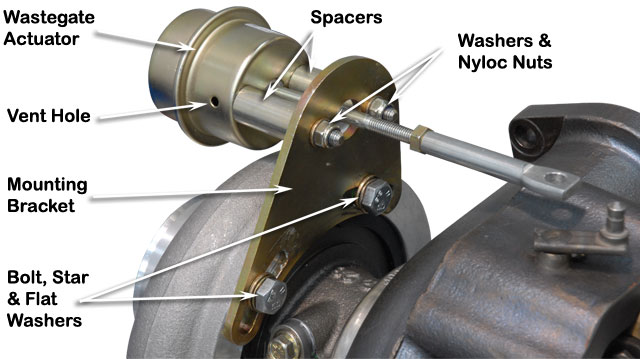
Other non-metallic usable materials include leather, nylon, ABS, rubber, asbestos, felt, polyethylene, Polyvinyl Chloride etc.
Finishes
Manufacturers add various types of finishes to these types of fasteners. They create an anodize coating by oxidizing the aluminium surface of the device, thereby creating an oxide coating. This coating acts as a shield for the flat washer. The scientists also glavanize steel and iron along-with molten zinc, so as to increase the washer’s service life.
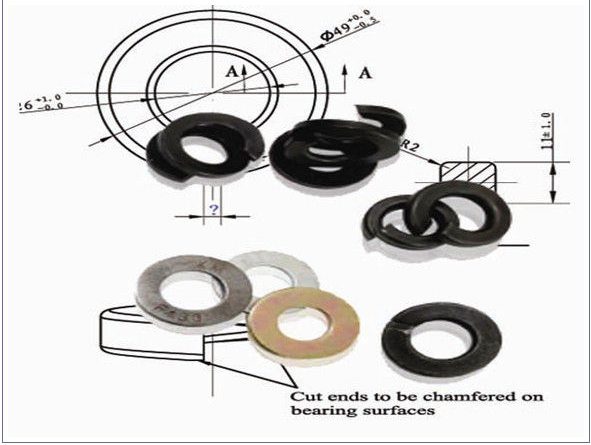
The flat washers are also available in other finishes, such as nickel, tin, zinc chromate, black oxide, zinc and phosphate.
Where to Buy
